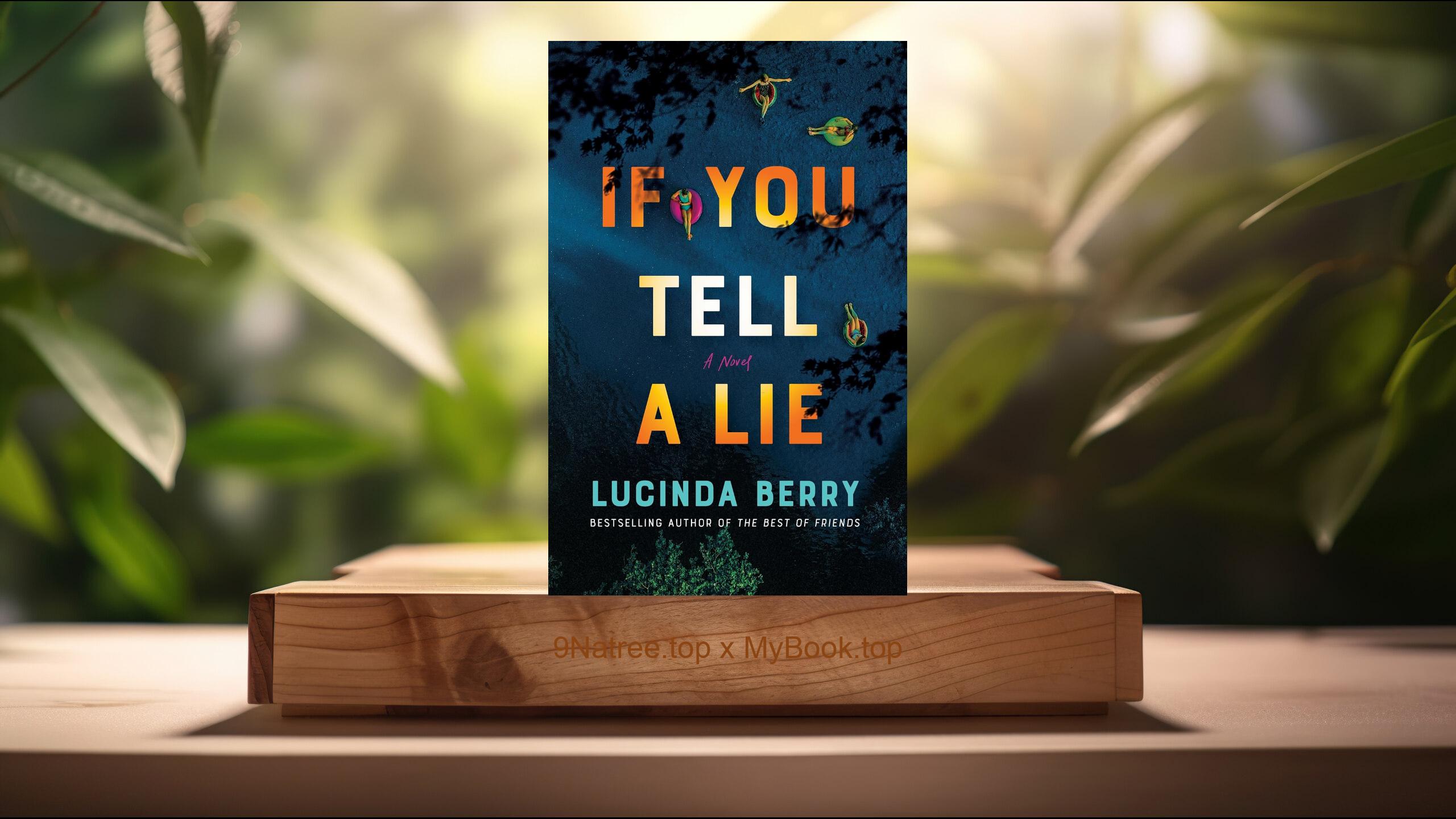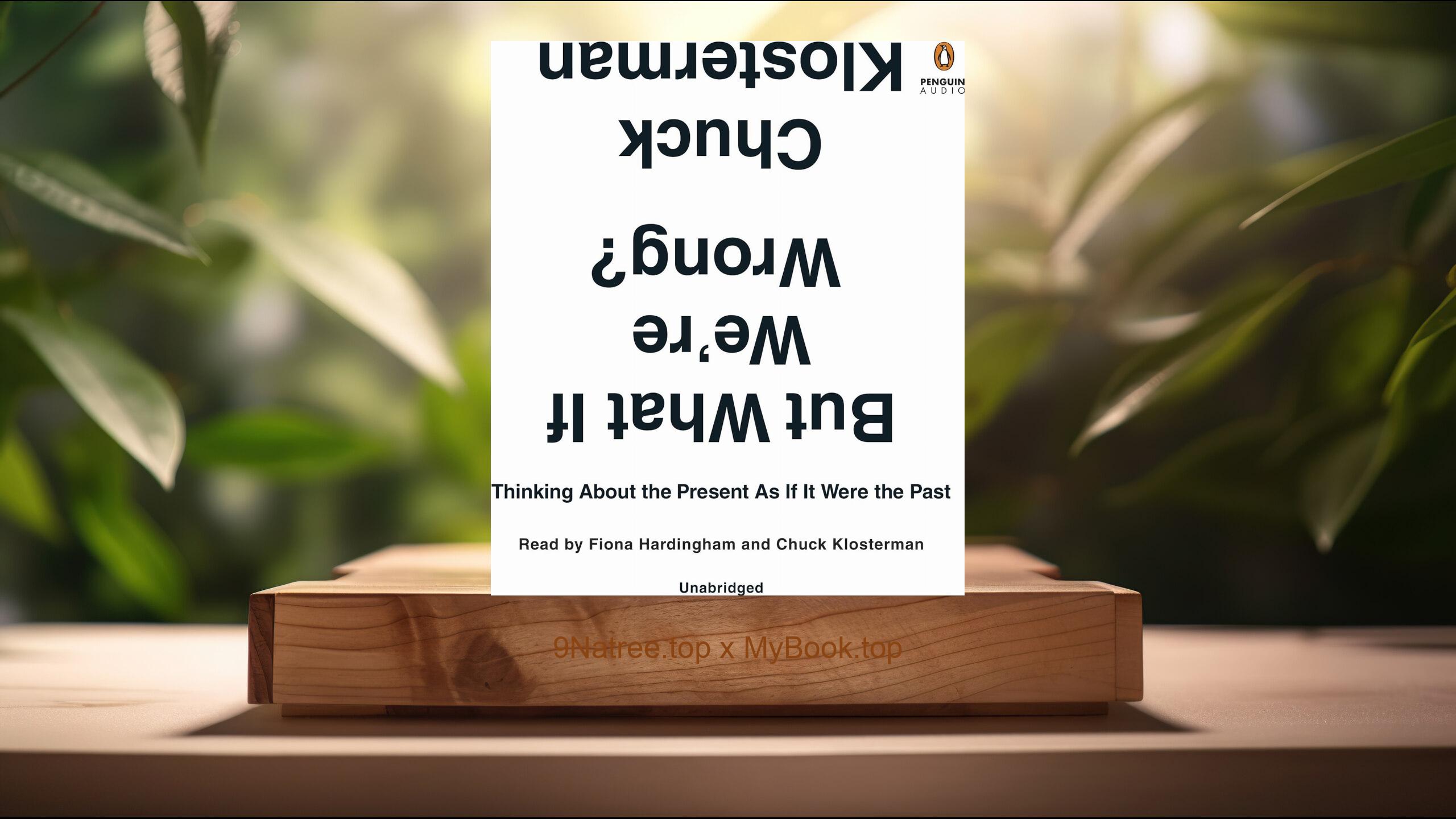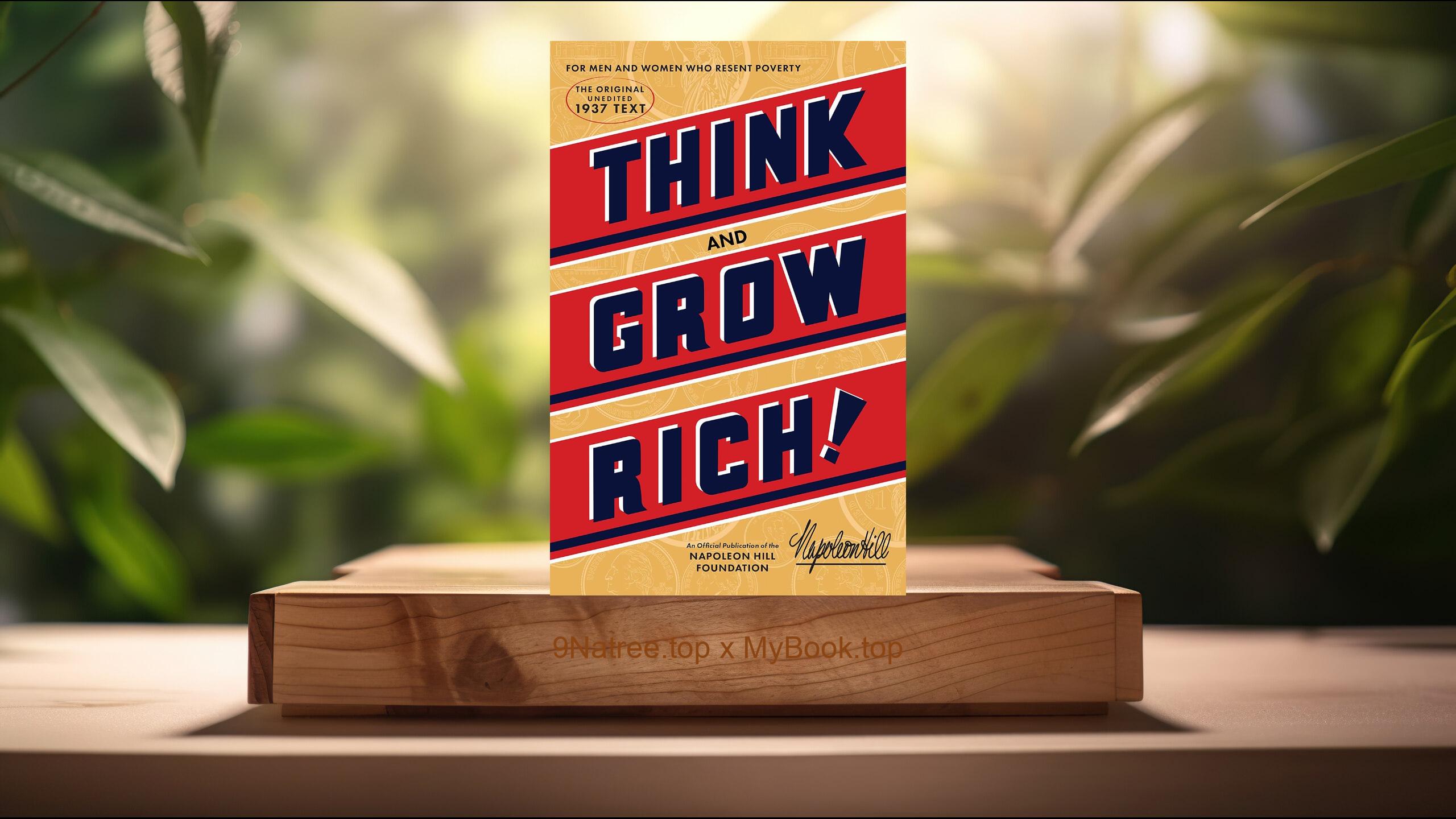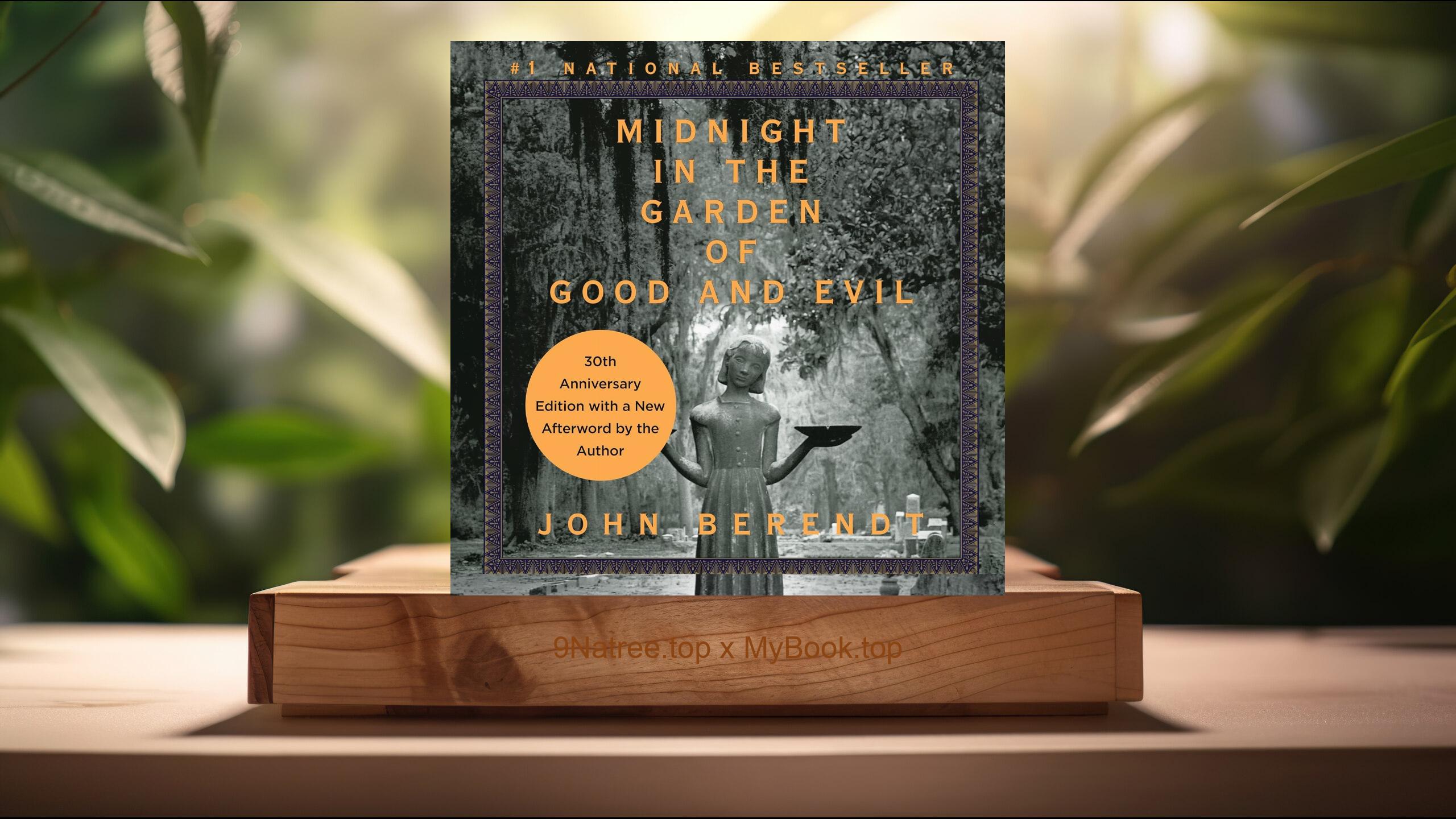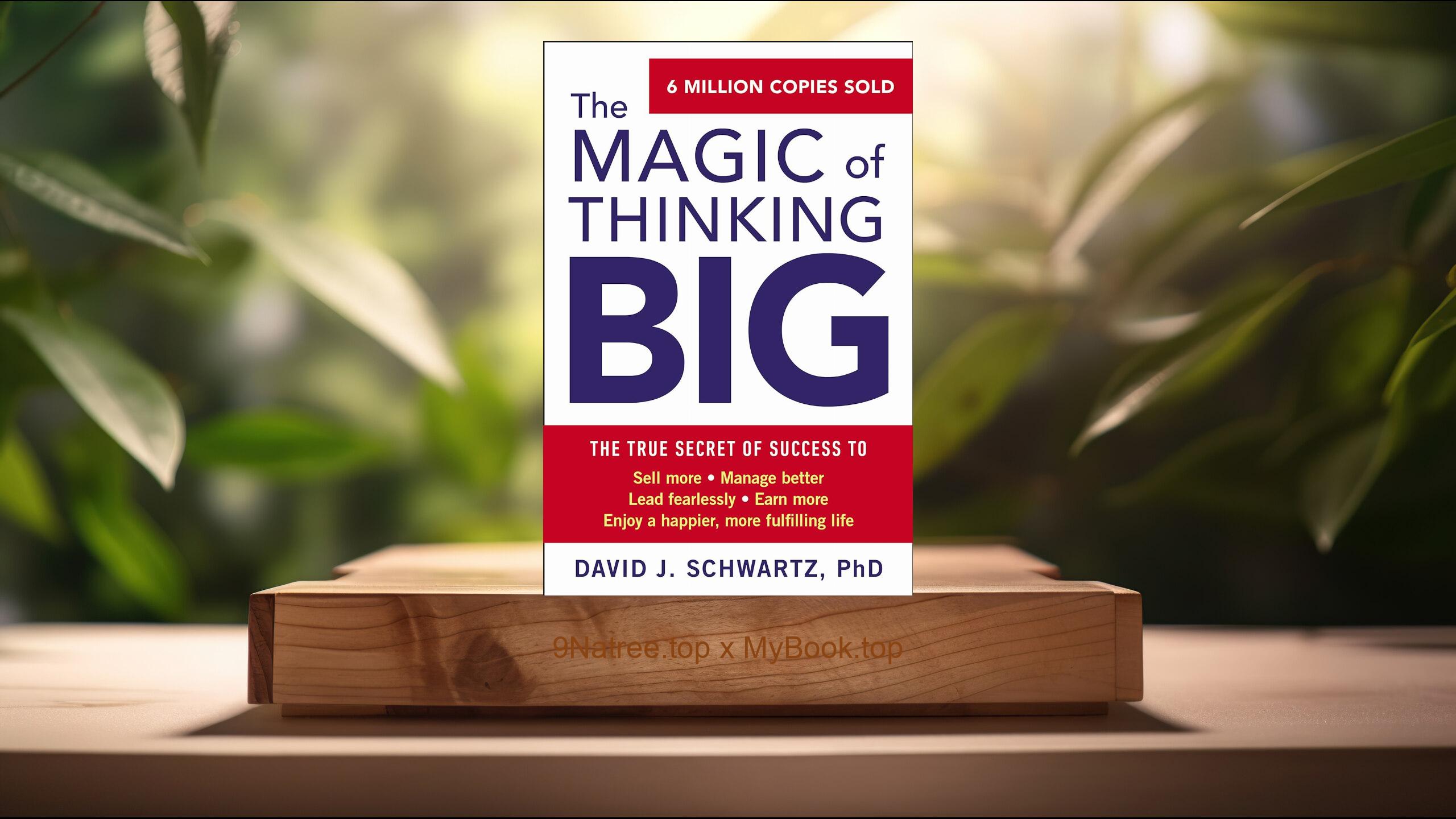Show Notes
- Amazon USA Store: https://www.amazon.com/dp/B08TX426XL?tag=9natree-20
- Amazon Worldwide Store: https://global.buys.trade/You-Are-Your-Best-Thing-Tarana-Burke.html
- Apple Books: https://books.apple.com/us/audiobook/you-are-your-best-thing-vulnerability-shame-resilience/id1564020338?itsct=books_box_link&itscg=30200&ls=1&at=1001l3bAw&ct=9natree
- eBay: https://www.ebay.com/sch/i.html?_nkw=You+Are+Your+Best+Thing+Tarana+Burke+&mkcid=1&mkrid=711-53200-19255-0&siteid=0&campid=5339060787&customid=9natree&toolid=10001&mkevt=1
- Read more: https://mybook.top/read/B08TX426XL/
#Blackmentalhealth #vulnerability #shameresilience #TaranaBurke #intersectionality #communityhealing #authenticity #YouAreYourBestThing
These are takeaways from this book.
Firstly, Vulnerability as Strength, A defining theme of the book is the reimagining of vulnerability not as a weakness, but as a source of profound strength. Contributors share their lived experiences, illustrating how expressing pain, doubts, and insecurities within the Black experience is radical—especially in a world that often demands stoicism from marginalized communities. The essays reveal how opening oneself up to vulnerability facilitates deep personal growth, real connection, and the breaking of generational cycles of silence surrounding mental health. Instead of viewing vulnerability as something to be hidden, these writers assert its power as the foundation for authentic living and emotional resilience. By centering vulnerability as a vital practice, the anthology challenges societal pressures that insist on constant strength and perfection, offering a vision in which healing begins with honest self-reflection and openness.
Secondly, Shame Resilience in Black Communities, Another key topic is the concept of shame resilience—borrowed from Brené Brown's research and adapted for the specific challenges faced by Black individuals. The essays examine the sources of shame within Black culture and how external racism, internalized oppression, and societal expectations converge to create powerful feelings of unworthiness. The writers detail the process of recognizing shame triggers and developing tools for resilience: community connection, storytelling, and self-compassion. Several contributors share strategies for navigating emotionally fraught situations, whether dealing with microaggressions, discrimination, or intra-community pressures. The collection ultimately underscores the importance of empathy, validation, and the deliberate effort required to reclaim one’s narrative from shame, turning pain into an engine for empowerment.
Thirdly, Intersectionality and Emotional Experience, You Are Your Best Thing delves into the intersectionality of the Black experience, highlighting how the overlapping identities of gender, sexuality, age, and class shape emotional lives. Contributors from various backgrounds reflect on how their unique intersections of identity influence their relationships with vulnerability, shame, and resilience. For example, Black women discuss the 'Strong Black Woman' trope, gay and queer Black writers explore dual marginalizations, and contributors speak to age-specific challenges. These intersectional perspectives expose the multifaceted realities of Blackness and foster greater understanding of the nuanced challenges faced by the broader community. Through diverse stories, the anthology performs a vital act: it disrupts monolithic conceptions of Black identity while advocating for self-acceptance and the recognition of shared struggles across differences.
Fourthly, Healing through Community and Storytelling, Central to the anthology is the idea that true healing happens in community. The book is itself a community project—writers come together to break silence, honor pain, and celebrate victories, both large and small. The essays demonstrate the healing potential of sharing one’s story; in hearing and being heard, woundedness is not only named, but also transformed. Community emerges as a space for accountability, understanding, and support, providing vital counterbalances to isolation and shame. The act of storytelling—be it through conversation, written word, or other creative means—is represented as a fundamental tool for both individual and collective liberation. The book ultimately posits that the process of healing is continual, communal, and strengthened when vulnerability is met with compassion and curiosity rather than judgment.
Lastly, Reclaiming Joy and Authenticity, While the book contains many testimonies of struggle, it also emphasizes the reclamation of joy, pleasure, and authenticity. Contributors highlight the importance of embracing all parts of themselves, including moments of happiness and celebration, as acts of resistance against narratives that reduce Black existence to trauma. The essays encourage readers to seek out and savor joy, even in the midst of hardship, marking joy as a powerful declaration in environments that often deny it. Embracing authenticity—living in alignment with one’s values and desires—is portrayed as a vital act of liberation, bolstering self-worth and ensuring that resilience is not only about surviving, but thriving. Through these practices, writers illuminate a pathway to lives that are whole, abundant, and unapologetically human.
![[Review] You Are Your Best Thing (Tarana Burke) Summarized](https://episodes.castos.com/660078c6833215-59505987/images/2016453/c1a-085k3-25n4kp9qsj4q-n1eln1.jpg)
